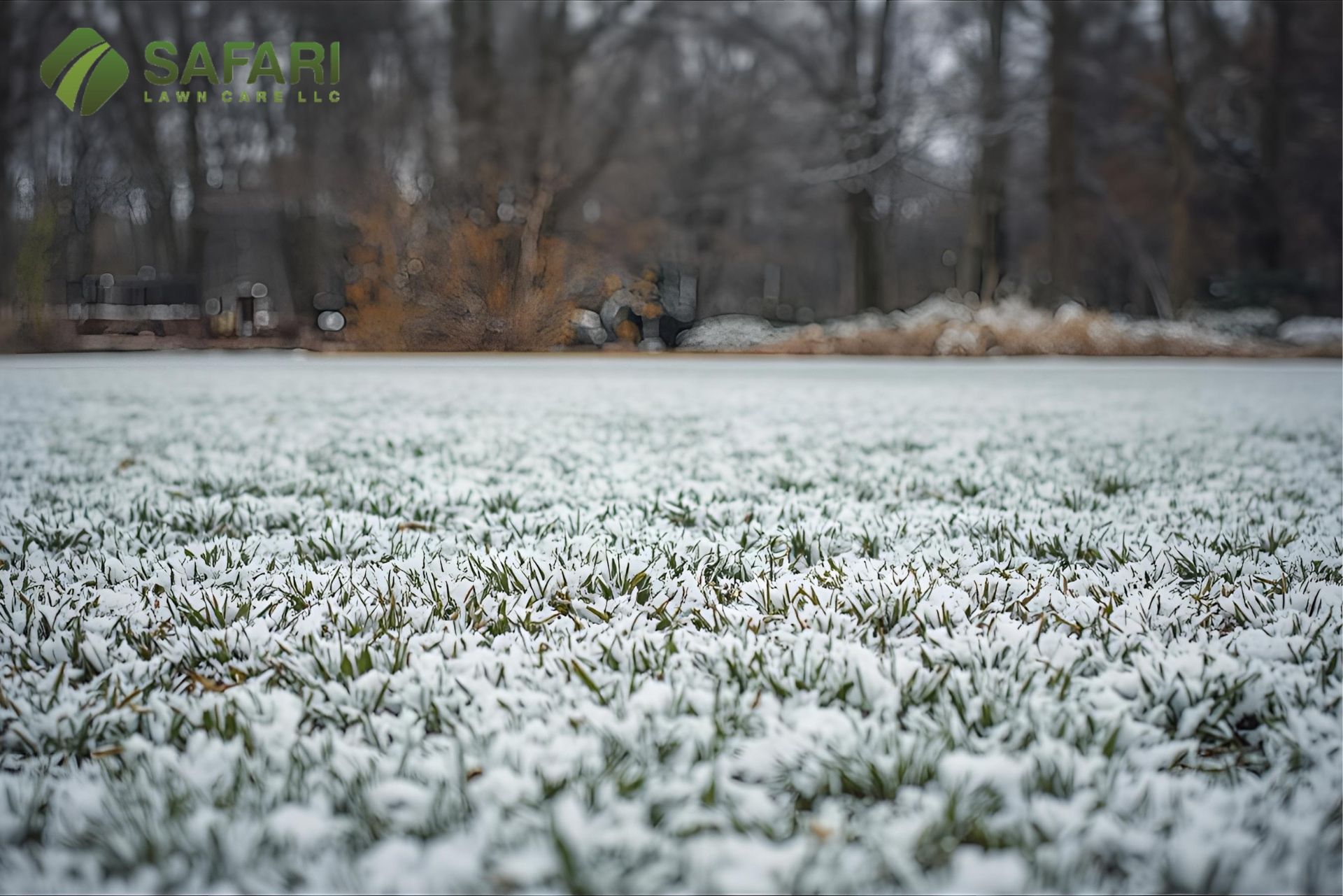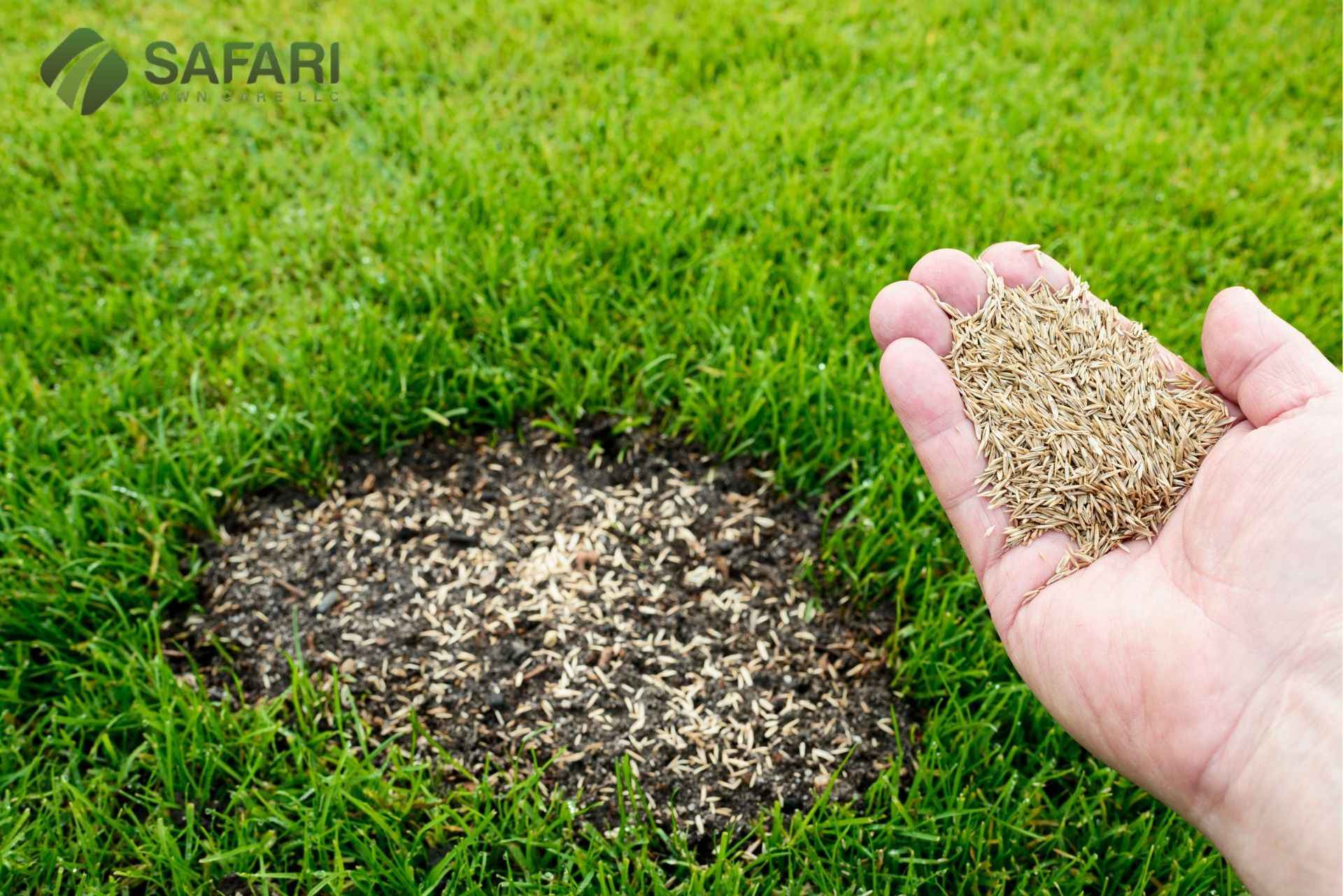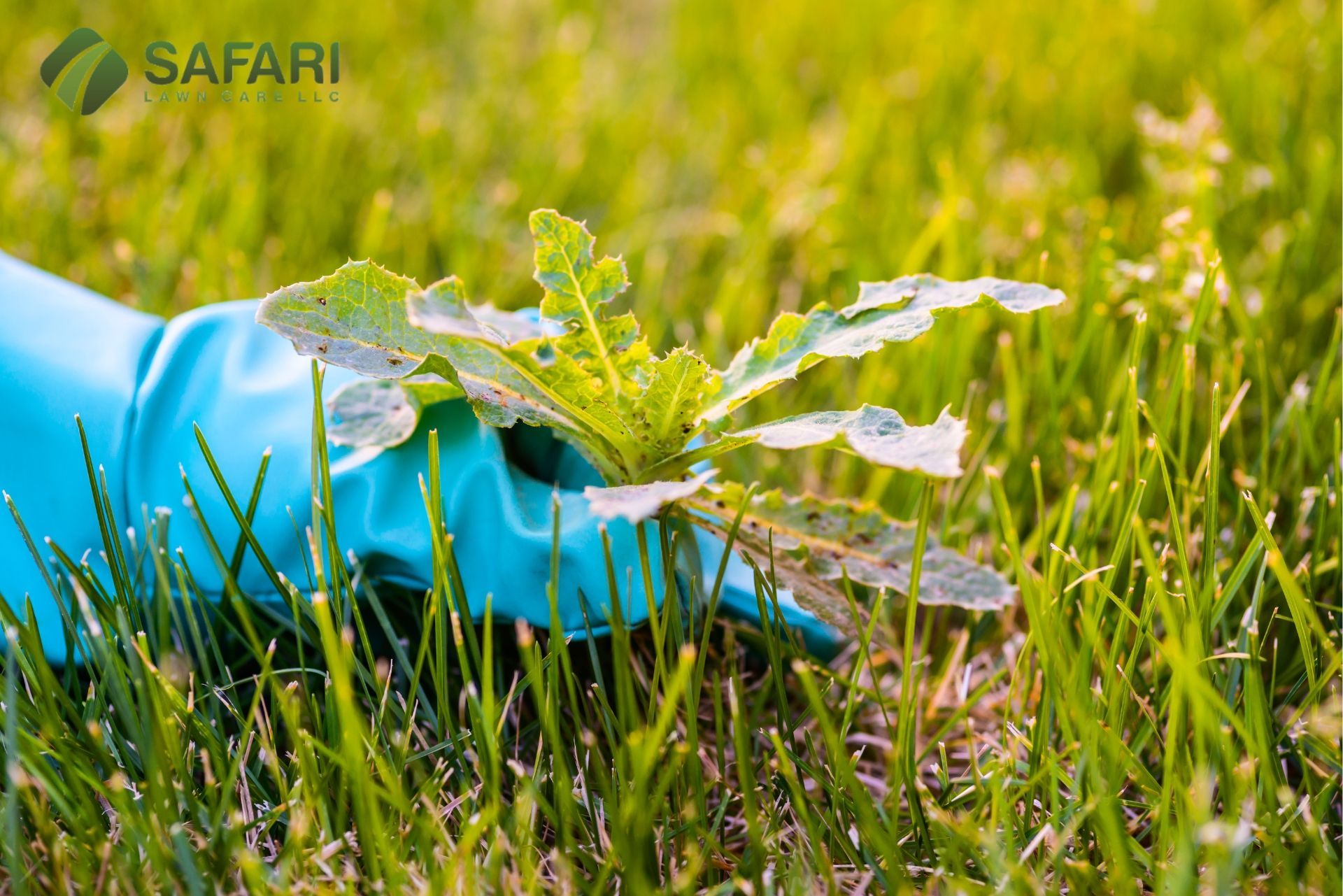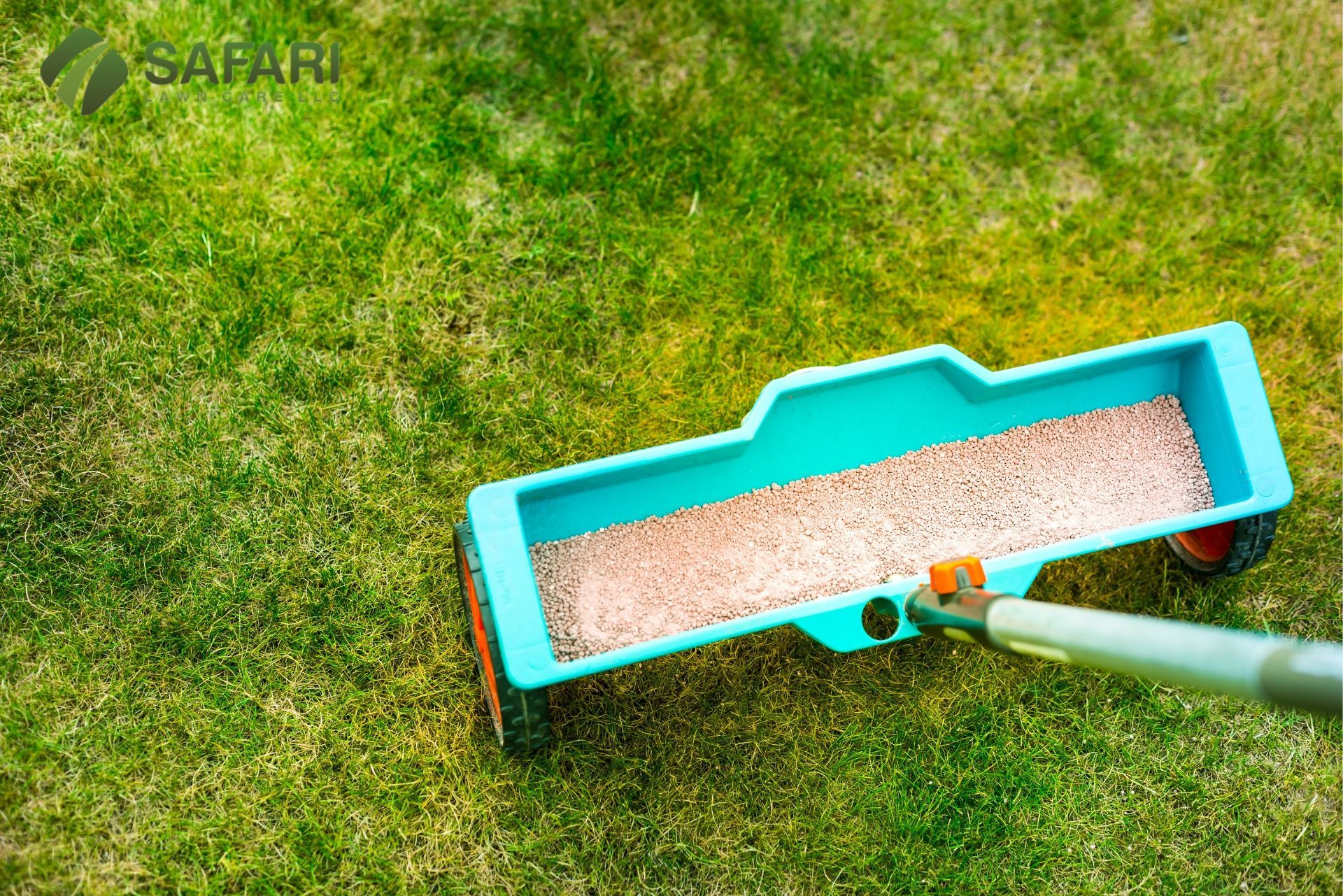Winterizing Your Lawn: A Step-by-Step Guide
Boise’s Guide to Winterizing with Safari Lawn Care
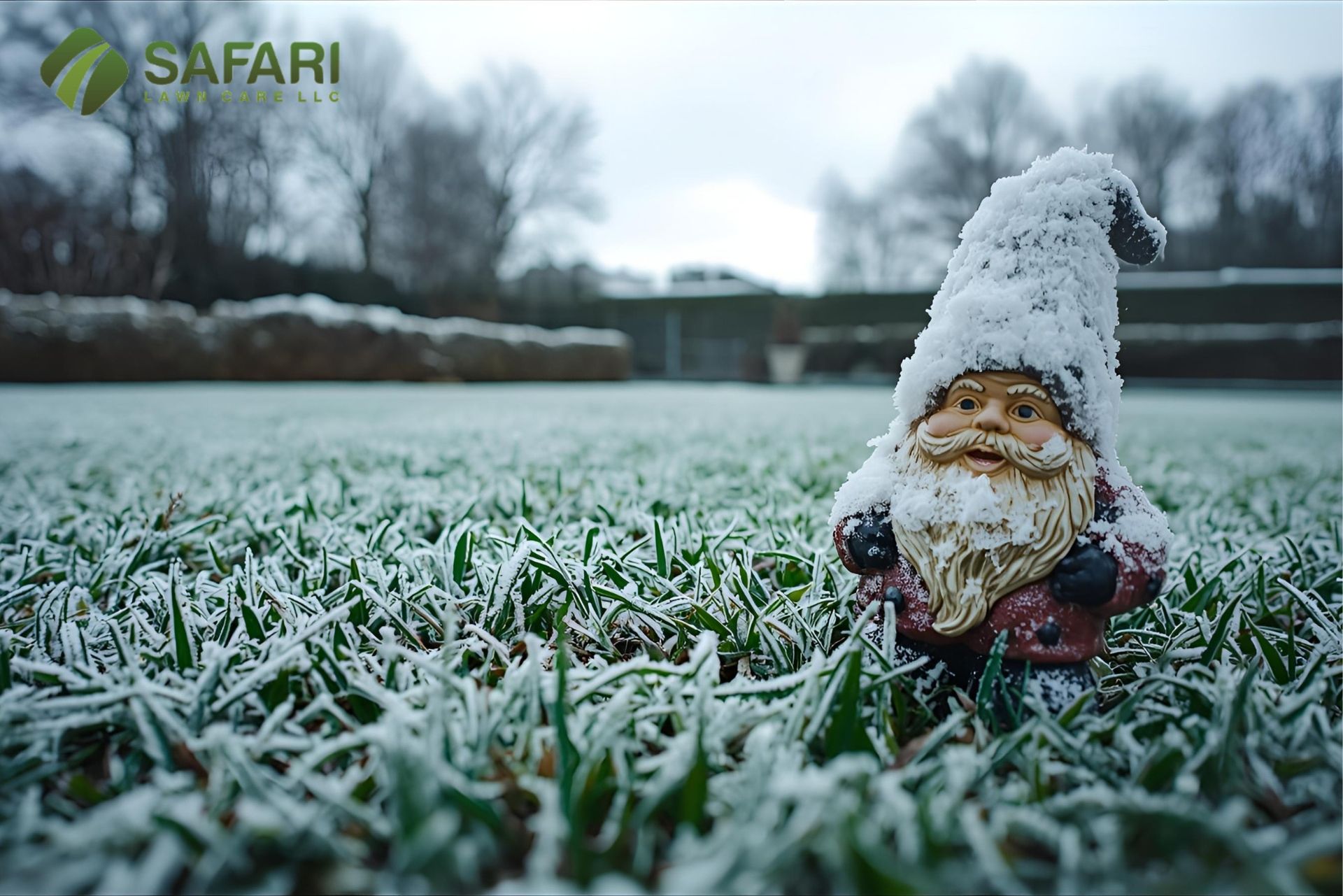
Winter’s not far off. A lot of homeowners figure that once the leaves fall, lawn care season is over. But if you ask anyone who’s been through a few Idaho winters, they’ll tell you — what you do right now decides how your lawn looks next spring.
At Safari Lawn Care, we like to think of fall as the “reset button” for your yard. It’s the season your lawn slows down, gathers strength, and prepares to power back up when the snow melts. Boise’s weather can be unpredictable — one week it’s sunny and mild, the next it’s a hard frost — which is exactly why this in-between season matters so much.
If you give your lawn a little love before winter sets in, it’ll reward you with thicker, greener growth once spring rolls around. So grab your rake, toss on a hoodie, and follow these simple local-tested steps to help your lawn coast through winter and wake up strong in the spring.
The Last Mow: Keep It Short, But Not Too Short
As temperatures drop, your grass starts growing slower — but don’t skip that final mow. A clean, balanced cut before winter can make a big difference.
Aim to keep your grass about 2 to 2.5 inches tall. That’s the sweet spot for Boise lawns. Taller grass can mat down under snow, holding moisture and causing snow mold. Too short, and you’ll leave it exposed to cold air and frost burn.
Keep mowing until the grass stops growing altogether, which usually happens in late October or early November depending on how mild the fall is. Then give your mower a quick clean — it’s earned the break.
Rake It Up — Let Your Lawn Breathe
Leaves may look beautiful scattered across the yard, but they’re not doing your lawn any favors. A thick layer can block sunlight, trap moisture, and suffocate your grass.
You don’t have to rake every single leaf, though. Mulching works wonders if the layer is thin — just run your mower over the leaves to shred them into small pieces that break down and feed your soil naturally.
But if you’re dealing with a heavy blanket of leaves, rake or blow them off. And while you’re at it, clear away anything else left on the lawn — garden tools, toys, or patio furniture — so the grass underneath doesn’t get crushed over the winter.
Aerate and Overseed: The Secret to a Lush Spring
After a summer full of barbecues, backyard games, and the occasional dog zoomie, your soil’s probably packed down pretty tight. Boise’s soil tends to be clay-heavy already, so aeration can make a world of difference.
By pulling out little plugs of soil, you open up space for water, oxygen, and nutrients to reach the roots. You’ll literally help your lawn breathe.
Once you’ve aerated, it’s the perfect time to overseed. Those tiny holes make great homes for new grass seed. Pick a cool-season mix like Kentucky bluegrass or fescue — they handle Boise’s temperature swings really well.
You’ll fill in bare spots and thicken up your lawn so it comes back fuller next year.
Feed It Before the Freeze: Apply a Winterizer Fertilizer
Right before winter hits, your lawn needs one last meal. A winterizer fertilizer helps the roots store nutrients and energy through the cold months. Come spring, that stored strength turns into fast, healthy growth.
Look for a fertilizer high in potassium with some slow-release nitrogen. Apply it in late October, right after your final mow, and before the ground freezes.
Think of it like tucking your lawn in for winter with a hearty dinner — not feeding the blades, but fueling the roots.
Stop Weeds Before They Start
Even though most plants are winding down, weeds like dandelions and clover stay busy right up until the frost. That’s actually the perfect time to hit them with a broadleaf weed killer — they’ll pull the treatment right down into their roots as they prepare for dormancy.
If you’ve fought winter weeds like Poa annua, a pre-emergent herbicide earlier in the fall can stop them from germinating.
It’s a simple step that saves you from dealing with a weedy mess next year.
Keep Watering — Then Blow Out the Sprinklers
It’s easy to forget about watering once the weather cools off, but your grass still needs moisture until the ground freezes. Keep watering about once a week if we’re not getting much rain — roughly an inch of water total per week is ideal.
Morning watering is best so the blades can dry before nighttime temps drop.
Then, before the first hard freeze (usually mid-to-late October in Boise), it’s time for a sprinkler blowout. Any water left in your system can freeze, expand, and cause expensive damage to pipes and valves.
This is one of those times when calling a professional is worth it — we use the right pressure to clear the lines safely, protecting your system all winter long.
Let It Sleep — And Keep It Protected
Once your lawn’s been trimmed, cleared, fed, and watered, all that’s left is to let it rest.
Avoid walking on it when it’s frosty or covered in snow — those brittle blades can break and leave behind bare spots. If you use ice melt on your driveway or sidewalk, choose a lawn-safe product without harsh salts, which can burn the edges of your grass.
Other than that, your yard’s ready to hibernate. Come spring, it’ll wake up refreshed and ready to grow.
Ready to work with Safari Lawn Care?
Let's connect! We’re here to help.
Send us a message and we’ll be in touch.
Or give us a call today at 208-562-1500
